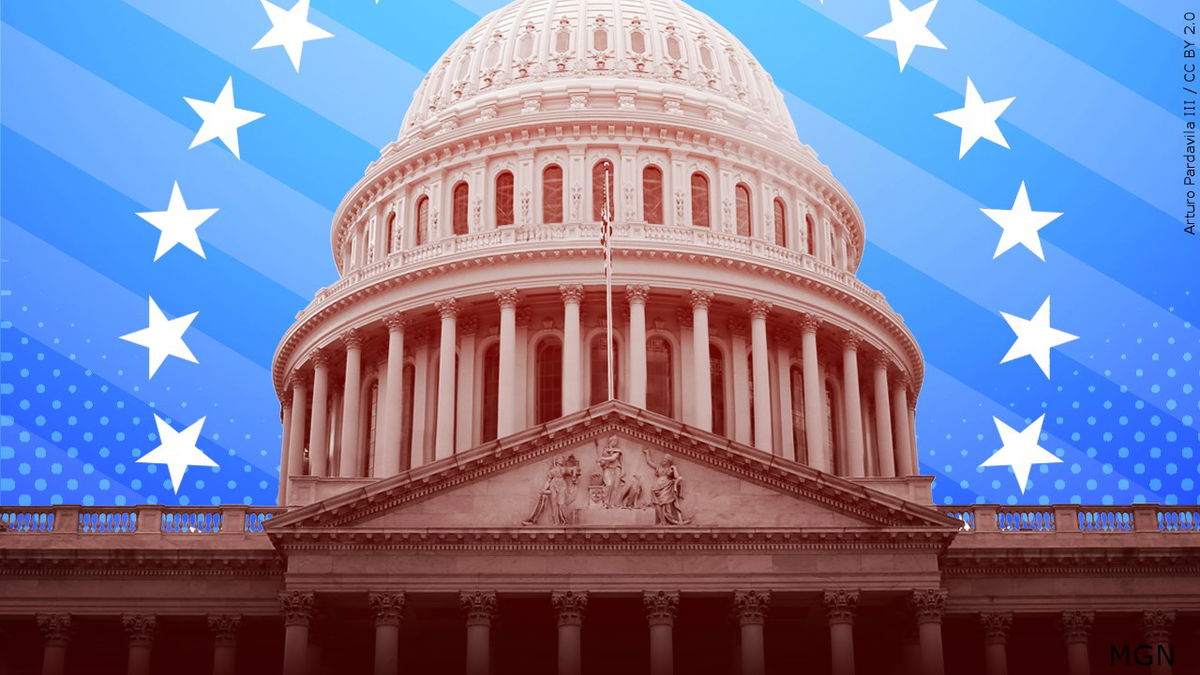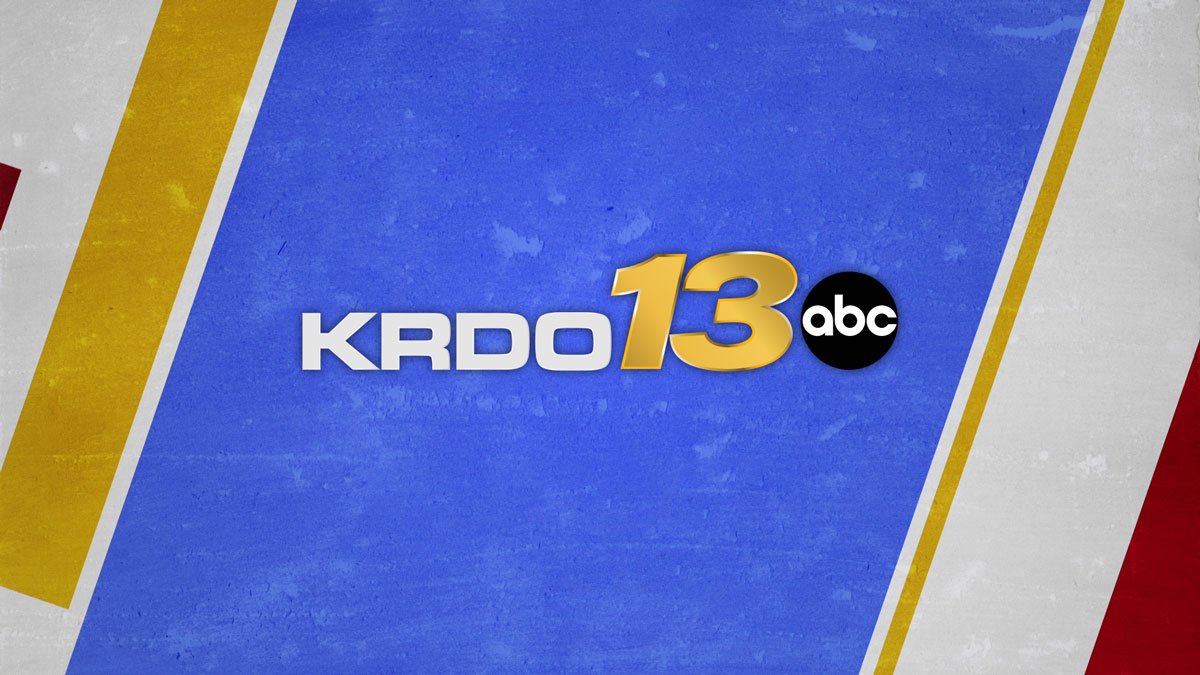Why Congress is still divided on a government spending package

By Tami Luhby, CNN
(CNN) — With just over two weeks to go before the federal government partially shuts down if Congress doesn’t act, the House and Senate remain divided over how to fund federal agencies for the remainder of the fiscal year.
House and Senate leaders are working to bridge the gap, but disagreements remain over both spending and ideology. They have yet to unite around a top-line funding figure, which is the crucial starting point, though Senate Majority Leader Chuck Schumer sounded a note of optimism Wednesday, saying he’s hopeful “we can get a budget agreement soon.”
But an aide familiar with the negotiations signaled the heavy lift that lies ahead.
“Unfortunately, there is a lot more work to be done once that top-line is reached, and we’re getting dangerously close to the first deadline,” the aide told CNN Wednesday.
Congress has struggled to approve a funding package for fiscal year 2024, which began on October 1. Instead, lawmakers opted for two short-term measures to avoid government shutdowns. The most recent stopgap bill, passed in mid-November, extended funding for several agencies, including agriculture, transportation, housing, veterans affairs and energy, through January 19, and the rest of the government through February 2.
House Speaker Mike Johnson has said he opposes another short-term funding bill but is open to discussing a continuing resolution that would fund the government through the rest of the fiscal year. But Sen. Patty Murray, a Washington state Democrat who chairs the chamber’s Appropriations Committee, has slammed such an idea, arguing it would lock in spending cuts.
The debt ceiling deal passed in June capped base discretionary spending for fiscal 2024 at $1.59 trillion, but also included some “agreed-upon appropriations adjustments,” as the White House phrased it, that would have allowed for additional non-defense funding.
House Republicans initially set their base funding limit at the fiscal year 2022 level of $1.47 trillion, though some conservatives have since softened their call for such deep cuts. Senate Democrats want to spend $1.63 trillion, including $37 billion in emergency funding for base needs, according to the Committee for a Responsible Federal Budget, a government watchdog. The debt ceiling deal allowed for $23 billion in emergency funding, while leaders of the Senate Appropriations Committee brokered a bipartisan agreement for the remainder.
Additional hurdles ahead
Even once a top-line figure is set, House and Senate lawmakers will have to work out partisan demands, including a multitude from House GOP conservatives that are nonstarters with Senate Democrats. Among the latest: Republican Rep. Chip Roy of Texas on Tuesday sent a letter to colleagues urging them to withhold their support for funding the government until President Joe Biden signs the GOP border security bill or its equivalent into law.
Lawmakers could quickly hit hurdles since the bills funding agriculture and transportation contain some major differences. It remains to be seen whether conservatives in the House will yield further in their requirements.
For instance, the House agriculture bill includes a contentious provision that would ban mail-order chemical abortion drugs, which faced pushback from some moderate Republicans and failed to pass the chamber last year. And the House yanked the transportation bill from the floor in November because some moderate Republicans from the Northeast were opposed to Amtrak spending cuts.
The transportation bill would reduce funding for Department of Transportation grant programs by $6.6 billion, which is 59% below the fiscal year 2023 enacted level, according to the House Appropriations Committee. That legislation, which also funds the Department of Housing and Urban Development, would cut funds for that agency’s grant programs by $1.7 billion, or 28% below last year’s level.
Meanwhile, House and Senate lawmakers are divided over how much to fund the Special Supplemental Nutrition Program for Women, Infants, and Children, known as WIC, in the agriculture bill. House Republicans have proposed reducing WIC funding to $5.5 billion, which would be $185 million less than last fiscal year’s level and $800 million less than the Senate’s appropriations bill would provide.
The House would also cut back the program’s enhanced fruits and vegetables benefit, which was initially authorized by the Democrats’ American Rescue Plan Act in 2021 and then renewed with bipartisan support in subsequent appropriations bills. Enrollees would receive between $11 and $15 a month to purchase fresh produce in fiscal year 2024, down from $25 to $49.
Complicating matters further is that WIC, which has long enjoyed bipartisan support, has seen an increase in enrollment, spurring the Biden administration in late August to request an additional $1.4 billion to meet the increased demand.
Without full funding, the program would need to reduce participation by about 2 million young children, pregnant women and new moms, or 28%, by September, compared with expected enrollment, according to the Center on Budget and Policy Priorities, a left-leaning research group.
The-CNN-Wire
™ & © 2024 Cable News Network, Inc., a Warner Bros. Discovery Company. All rights reserved.

